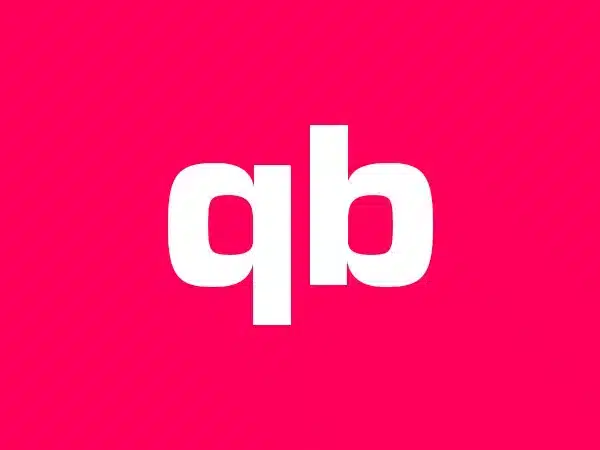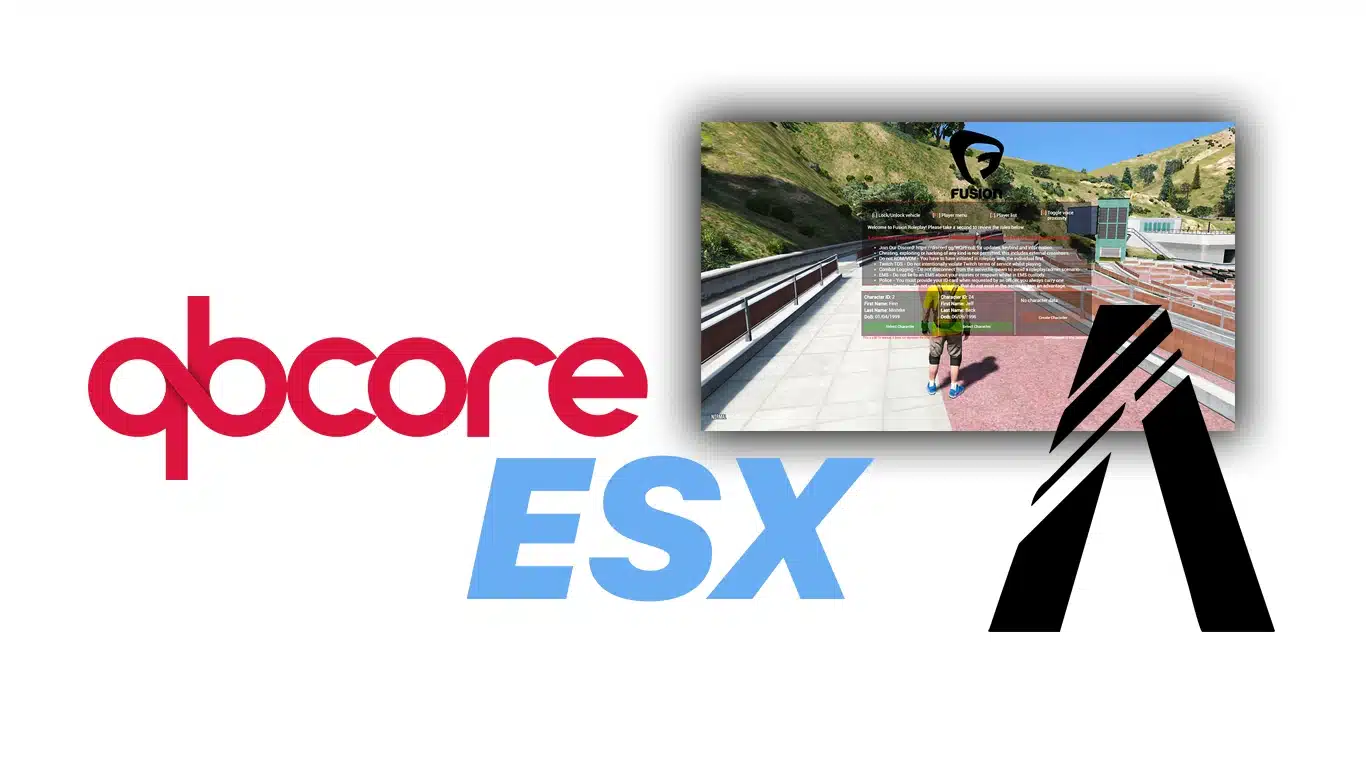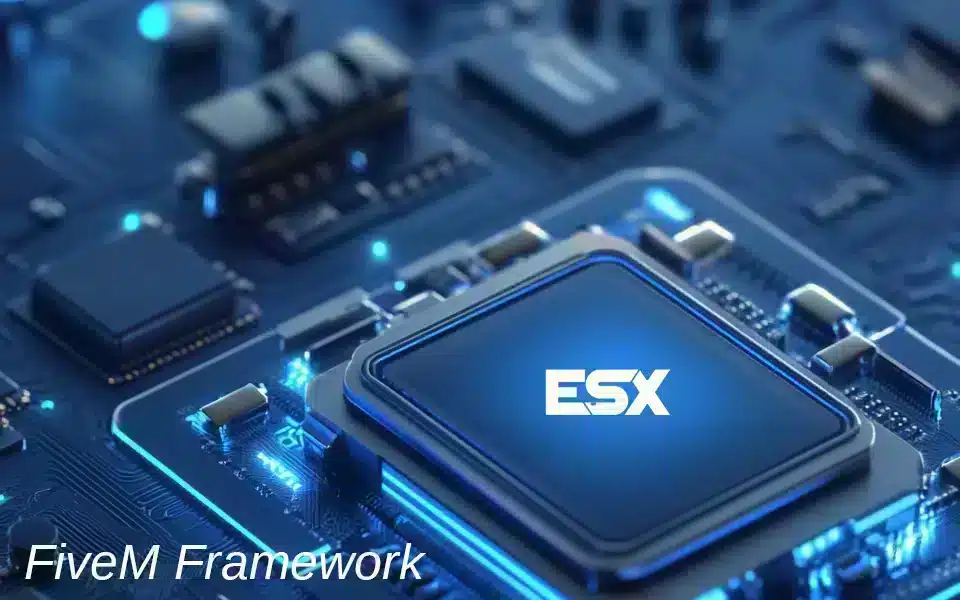In the dynamic and ever-evolving world of FiveM server development, the framework you choose is critical to the success and longevity of your server. Two of the most prominent frameworks in the community are QBOX en QBCore, both of which provide a foundation for creating immersive multiplayer experiences in Grand Theft Auto V (GTA V). However, while they share similarities in their purpose, these two frameworks diverge significantly in their features, performance, customization options, and overall ease of use.
This comprehensive guide explores the key differences between QBOX and QBCore, helping you make an informed decision that suits your server’s needs, whether you are building a Roleplay server, creating unique FiveM Mods of Scripts, or integrating custom FiveM MLO's.
Inhoudsopgave
Understanding FiveM and Frameworks
FiveM is a modification framework that enables players to host custom multiplayer servers on GTA V. It allows for entirely new gameplay experiences beyond what Rockstar Games originally intended. With FiveM, developers can create custom game modes, add new content, and enhance multiplayer experiences through scripts en mods.
At the heart of any FiveM server is a framework—a collection of tools and pre-built systems that streamline server development. Frameworks like QBCore en QBOX simplify the process by offering core functionalities like player management, inventory systems, baan scripts, and more, allowing server admins to focus on creating unique, interactive, and immersive servers.
For a broader comparison of FiveM frameworks like ESX, vRPen QBCore, check out this detailed kadervergelijking.
What is QBCore?

QBCore is a widely-used, open-source framework designed for FiveM server development. Known for its robust feature set and ease of use, QBCore is praised for its modular design, allowing developers to easily add or remove features to match the unique requirements of their server.
History of QBCore
Originally built as a performance-focused alternative to the ESX framework, QBCore has since evolved into a standalone framework with a strong identity. It has garnered a large community of developers and contributors, helping to keep it updated with new features, QBCore scripts, and optimizations.
Key Features of QBCore
- Open-Source Accessibility: Freely available, allowing developers to modify and contribute.
- Extensive Documentation: Well-organized guides and tutorials, perfect for both beginners and experts.
- Modular Architecture: Developers can add or remove components to tailor their servers.
- Community Scripts and Plugins: A vast library of community-created scripts, including FiveM Mods en FiveM MLO's, enhance server functionality.
- Active Support Forums: A large, active community that provides support through forums and Discord channels.
If you’re looking to create a FiveM MLO for your server, check out the best ones available hier.
What is QBOX?

QBOX is a relatively new framework in the FiveM development scene, designed to provide a lightweight and efficient alternative to other frameworks like QBCore. Its main focus is on performance optimization, offering a clean and streamlined codebase for developers.
Origin of QBOX
QBOX was developed by a group of developers aiming to build a framework that prioritized performance, particularly for servers with limited hardware resources or those with high player counts. QBOX reduces server load by focusing on essential features without unnecessary bloat.
Key Features of QBOX
- Performance-Oriented: Optimized for low resource consumption, ideal for servers that want smoother gameplay with minimal server load.
- Customizable Codebase: Designed with simplicity in mind, making it easier for developers to understand and modify.
- Essential Features Only: A lean framework that includes only core features necessary for server operation, providing flexibility for custom solutions.
- Modern Development Practices: Utilizes the latest coding standards, ensuring security and scalability.
- Growing Community: An emerging community that provides personalized support and active contributions.
Core Feature Comparison
While both QBCore and QBOX provide the essential tools needed for FiveM server development, there are distinct differences in their approach. QBCore offers a more feature-rich environment, while QBOX focuses on performance and simplicity.
| Functie | QBCore | QBOX |
|---|---|---|
| Spelersbeheer | Ja | Ja |
| Inventarissysteem | Advanced (With community plugins) | Basic (Easily customizable) |
| Scripts | Wide range of pre-built and community scripts | Lean, more developer-driven |
| Vehicle Handling | Extensive support, including community plugins | Basic, with custom options available |
| Beheer van de economie | Full-featured, with advanced economy mods | Basic, customizable |
| Prestatie-optimalisatie | Moderate, requires sufficient hardware | Highly optimized, low resource usage |
| Steun van de Gemeenschap | Large, active forums and Discord | Smaller, more personalized community |
| Aanpassing | High, but can be limited by built-in systems | Very high, lean framework encourages it |
| Leercurve | Easy for beginners due to extensive documentation | Moderate, requires technical understanding |
| Beveiliging | Mature, well-tested with frequent updates | Built using modern security practices |
Performance Analysis
Performance is a key consideration when choosing a framework, particularly if you’re running a server with a large player base or limited resources. Here’s how QBCore and QBOX stack up:
Server Resource Usage
- QBOX: The lightweight architecture is optimized to minimize server load, resulting in faster load times, lower CPU usageen reduced memory consumption. This makes QBOX particularly useful for servers that want a smooth gaming experience, even with limited resources or high player counts.
- QBCore: While offering more extensive features, QBCore can consume more resources. For servers with adequate hardware, this extra load is usually manageable, but for those with tighter resource limits, QBCore may require additional optimization to avoid performance issues.
Player Experience
Both frameworks can provide a high-quality player experience, but QBOX’s performance optimization can result in smoother gameplay, especially for larger servers. On the other hand, QBCore’s broader feature set means it can offer more complex and immersive gameplay experiences, provided the server has the resources to support it.
Gemeenschap en ondersteuning
The strength of any FiveM kader often comes from the community that supports it. Both QBCore and QBOX offer robust community support systems, though they differ in size and approach.
QBCore Community
With its longer history, QBCore has built a large and active community:
- Extensive Resources: Plenty of tutorials, guides, and video content to help developers get started.
- Script Repository: A wide array of pre-built scripts, including FiveM Mods, MLO's, and advanced plugins.
- Frequent Updates: Thanks to its open-source nature, the framework is regularly updated with new features and bug fixes.
QBOX Community
QBOX’s community, while smaller, is tight-knit and growing:
- Direct Communication: Easier interaction with core developers, leading to more personalized support.
- Contribution Opportunities: With fewer contributors, developers can have a bigger impact on the direction of the framework.
- Focused Development: The smaller community often results in quicker resolutions for issues and more focused updates.
Ease of Use and Learning Curve
- QBCore: Known for its user-friendly approach, QBCore is an excellent choice for beginners, thanks to its extensive documentation and community support. The modular design allows developers to integrate features without needing to deeply modify the core code.
- QBOX: While QBOX offers a cleaner codebase, it may require more technical knowledge to fully customize. Developers with experience will appreciate the flexibility and simplicity it offers, but those new to FiveM server development might find it more challenging to navigate.
Maatwerk en flexibiliteit
Customization is one of the key aspects when deciding between frameworks.
- QBCore: With its modular design, QBCore allows developers to build on top of its existing systems, although modifying core components can sometimes be complex due to the number of built-in features.
- QBOX: QBOX, with its lean structure, offers greater flexibility for developers who want to implement custom FiveM Mods, scripts, or MLO's without being constrained by a predefined architecture.
Security and Stability
Security is paramount in server development, and both frameworks have measures in place to ensure stability and safety for developers and players.
- QBCore: Due to its long track record and active community, security vulnerabilities are usually quickly identified and patched.
- QBOX: Built with modern security standards, QBOX benefits from a clean, efficient codebase that minimizes legacy vulnerabilities.
Making Your Choice
Ultimately, the decision between QBOX en QBCore depends on your server’s goals, available resources, and your development expertise. Here are a few key points to help you decide:
- If you’re looking for a feature-rich, community-supported framework: QBCore is the better choice, offering extensive features, tutorials, and FiveM Mods that are well-suited for a wide range of servers.
- If performance and flexibility are your priority: QBOX provides the streamlined, performance-optimized environment you need, particularly if you plan to build custom systems or run a server with limited resources.
Key Considerations:
- Server Objectives:
- For a feature-rich, plug-and-play experience, choose QBCore.
- For performance optimization and custom flexibility, QBOX is ideal.
- Hardware Resources: If your server has limited resources, QBOX’s lightweight design will ensure optimal performance, but if you have robust hardware, QBCore’s feature set will be beneficial.
For those starting their FiveM server journey, learn more about How to Create a FiveM Server, a step-by-step guide that will get your project off the ground.
Both QBOX en QBCore are excellent choices, but by understanding your specific needs, you can select the framework that best aligns with your goals.




